Chronic Wound Tissue Classification using
Convolutional Networks and Color Space Reduction
MLSP 2018
-
Vitor Godeiro
UFRN -
José F. Silva Neto
UFRN -
Bruno Motta De Carvalho
UFRN -
Julianny Barreto Ferraz
UFRN -
Bruno Santana Da Silva
UFRN -
Renata Antonaci Gama
UFRN
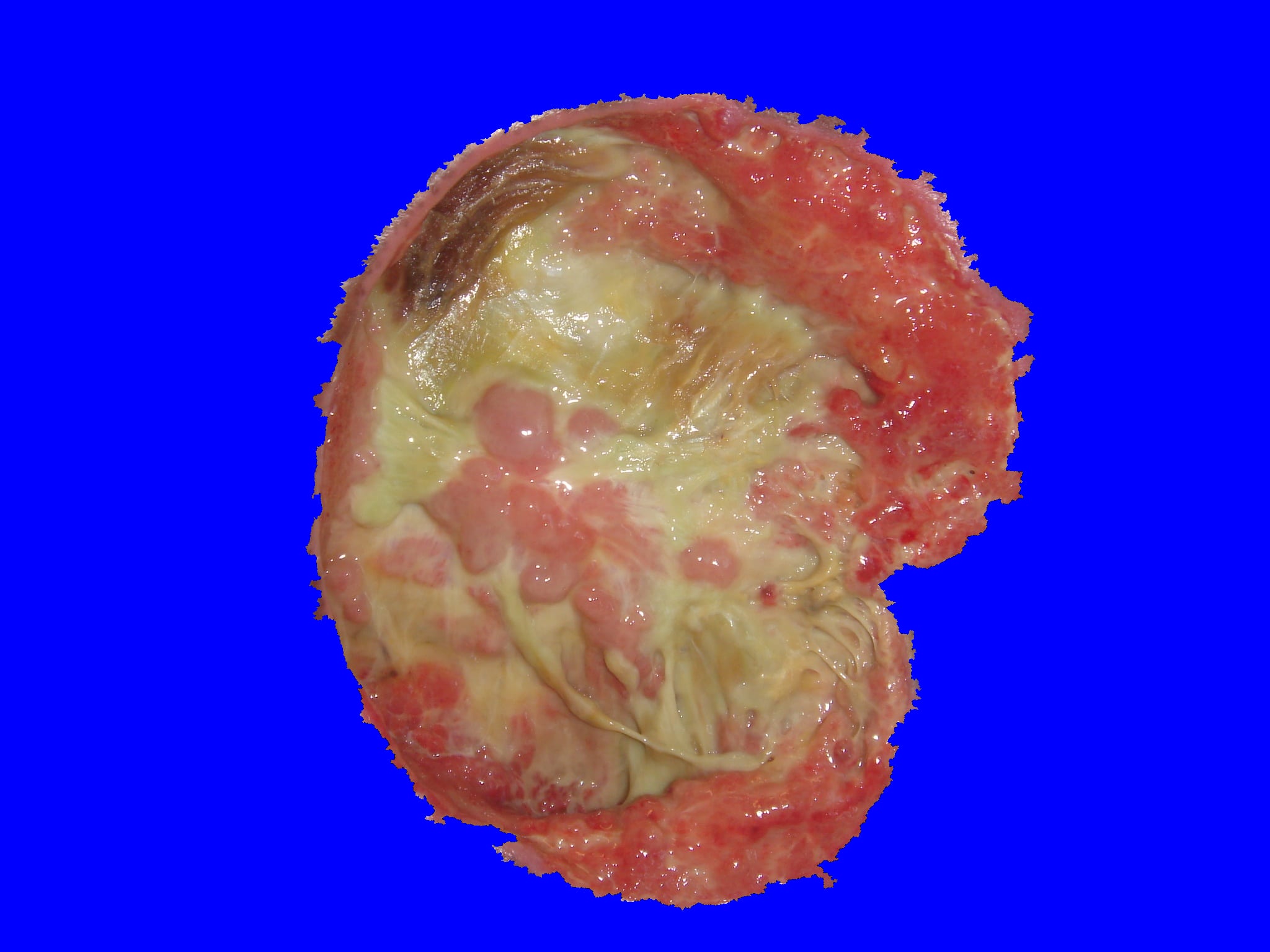
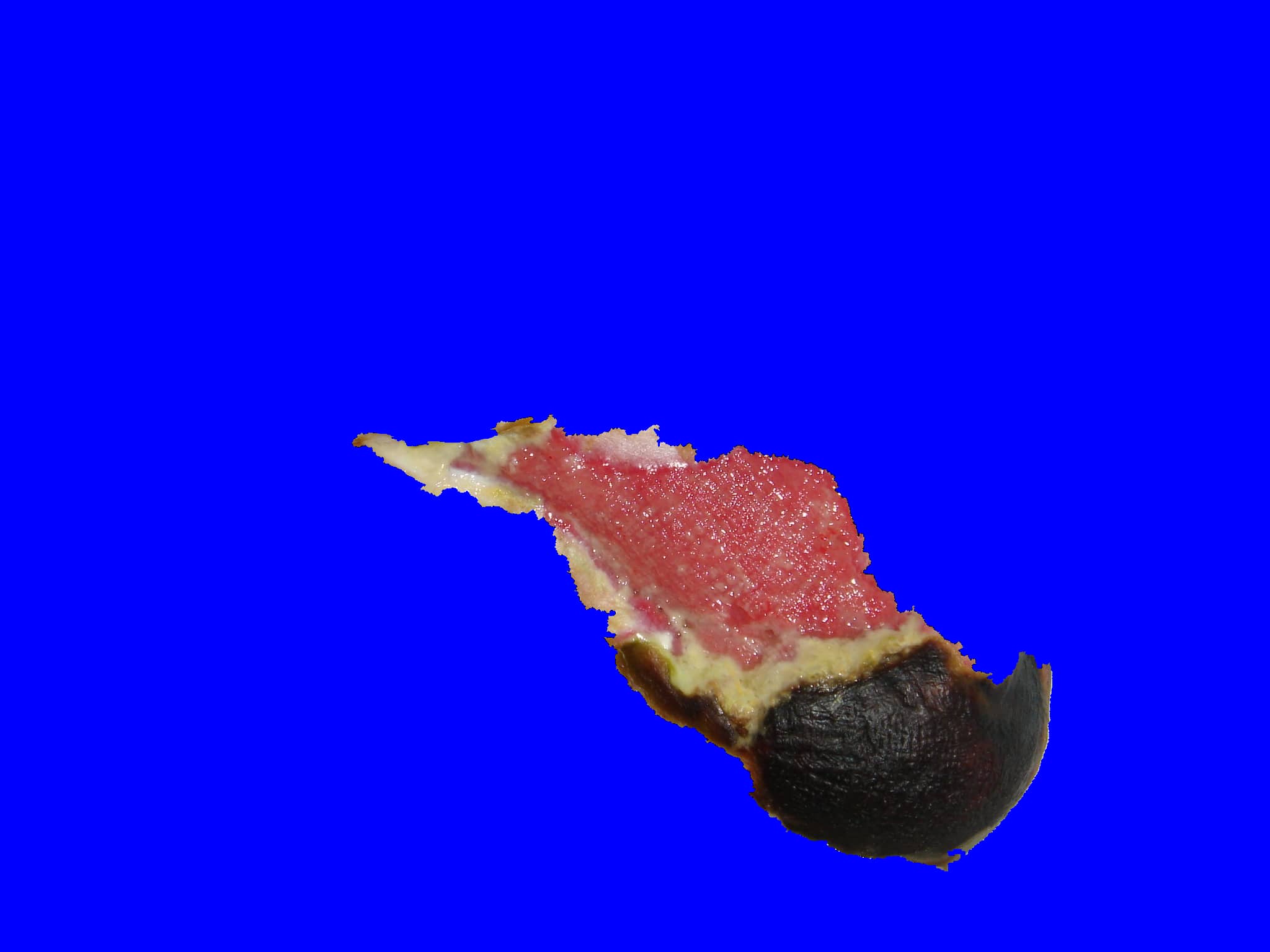
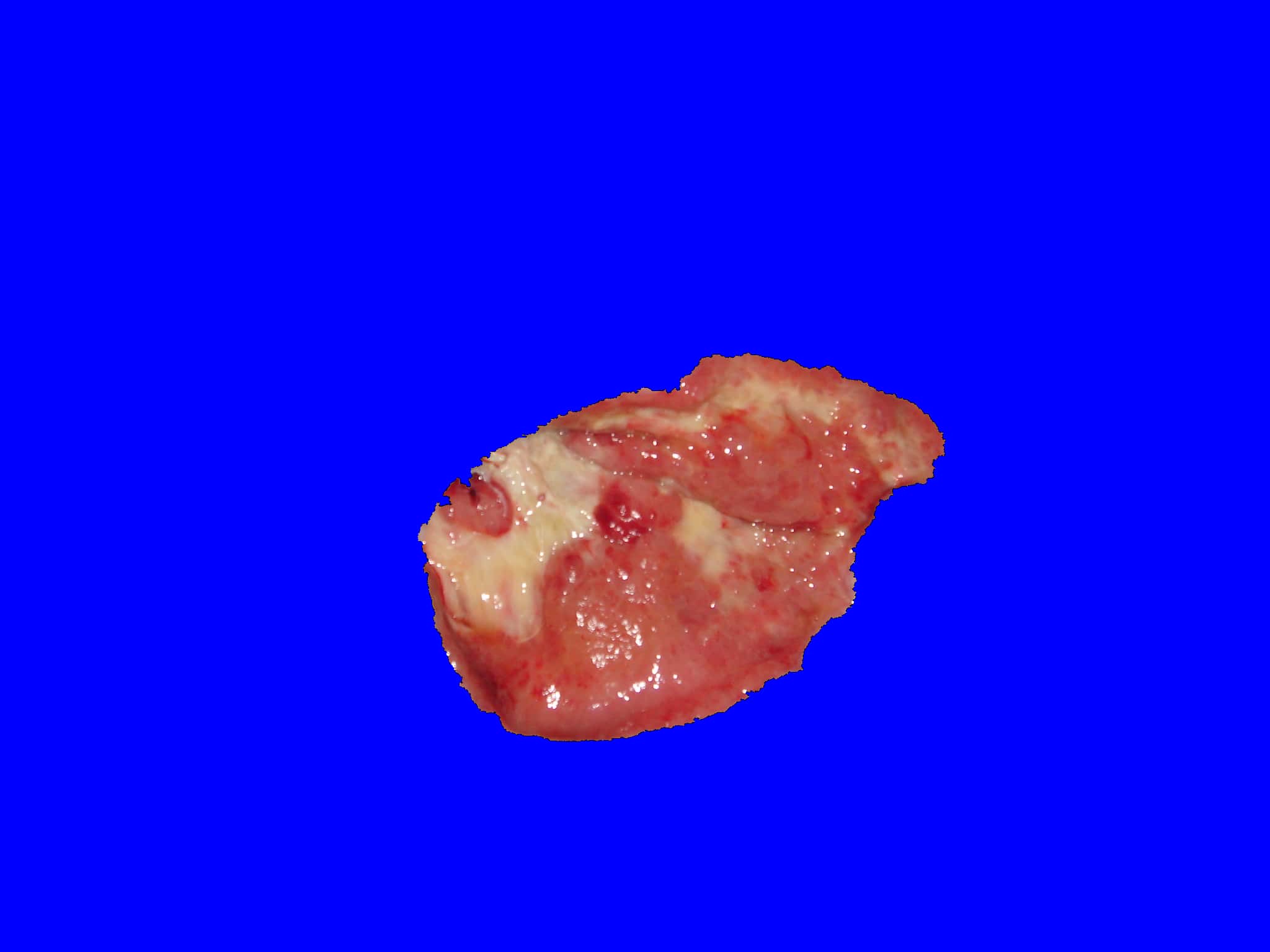
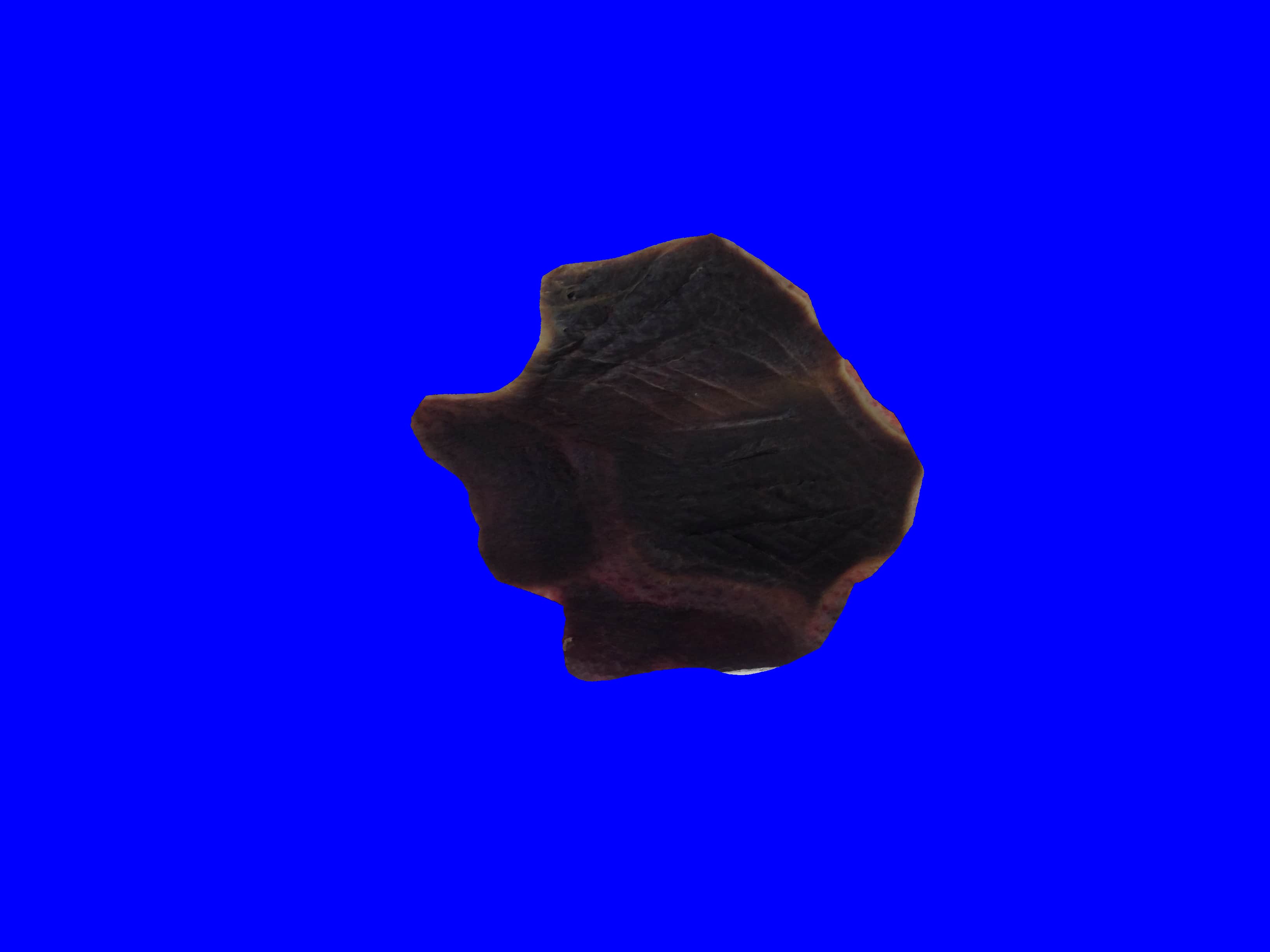
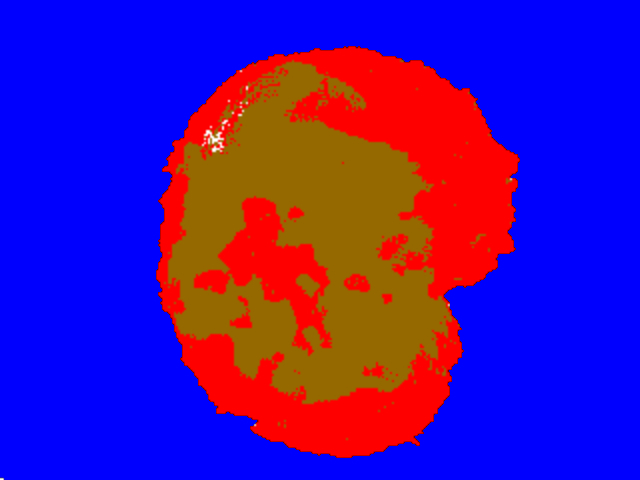
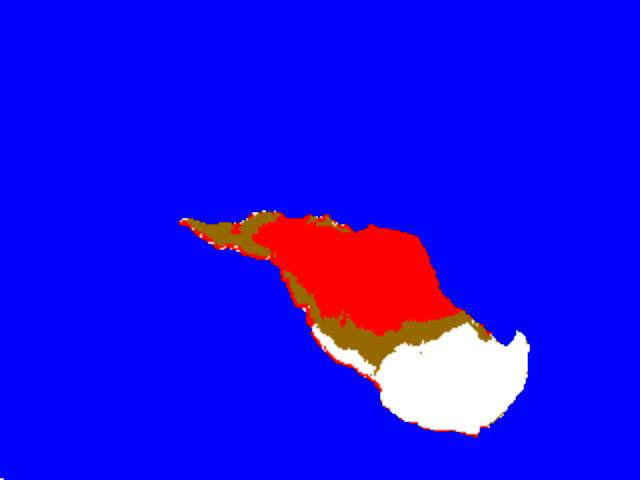
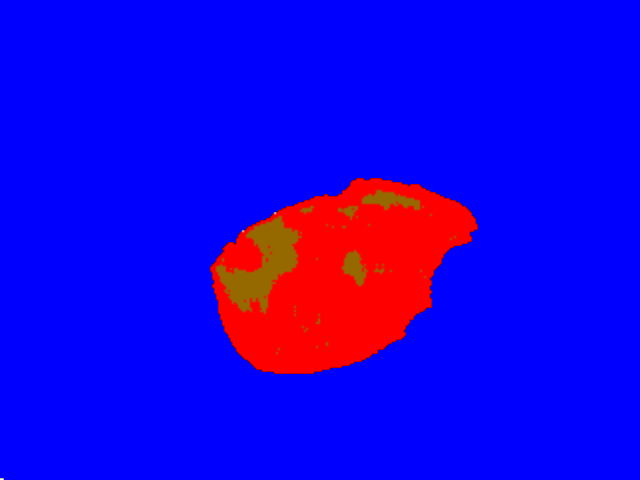
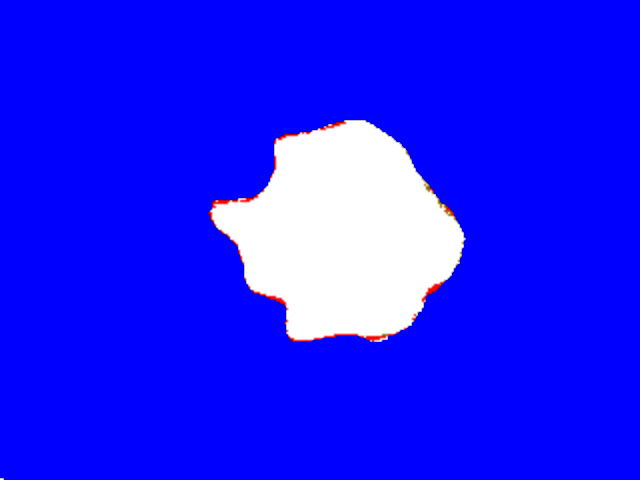
Abstract
Chronic Wounds are ulcers presenting a difficult or nearly interrupted cicatrization process, and increase the risk of complications to the health and well-being of patients, like amputation and infections. The goal of this research is the development of a general noninvasive methodology for the segmentation and analysis of chronic wounds images by computing the wound areas affected by necrosis. Invasive techniques are usually used for this calculation, such as manual planimetry with plastic films. We investigated algorithms to perform the segmentation of wounds as well as the use of several convolutional networks for classifying tissue as Necrotic, Granulation or Slough. We tested four architectures: U-Net, Segnet, FCN8 and FCN32, and proposed a color space reduction methodology that increased the reported accuracies, specificities, sensitivities and Dice coefficients for all 4 networks, achieving very good levels.
Downloads
BibTeX
@INPROCEEDINGS{8517026,
author={V. Godeiro and J. S. Neto and B. Carvalho and B. Santana and J. Ferraz and R. Gama},
booktitle={2018 IEEE 28th International Workshop on Machine Learning for Signal Processing (MLSP)},
title={CHRONIC WOUND TISSUE CLASSIFICATION USING CONVOLUTIONAL NETWORKS AND COLOR SPACE REDUCTION},
year={2018},
volume={},
number={},
pages={1-6},
keywords={Wounds;Image color analysis;Image segmentation;Computer architecture;Medical treatment;Diabetes;Colored noise;Larval therapy;Chronic wounds;Image segmentation;Tissue classification;Deep learning},
doi={10.1109/MLSP.2018.8517026},
ISSN={1551-2541},
month={Sept},}